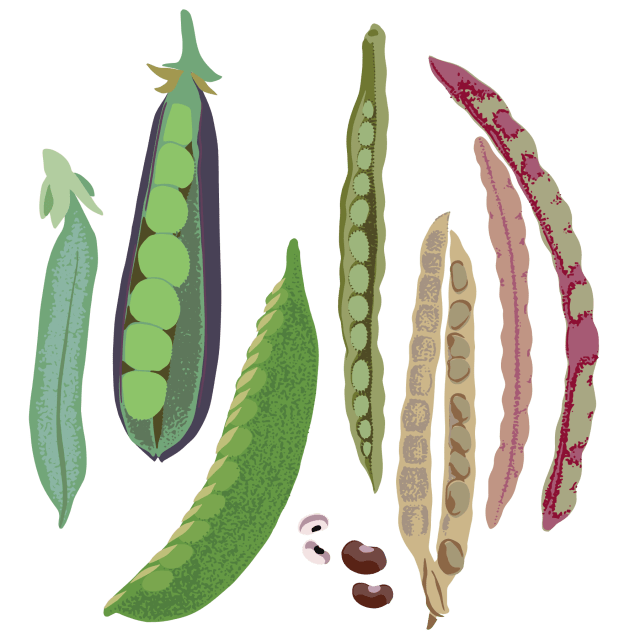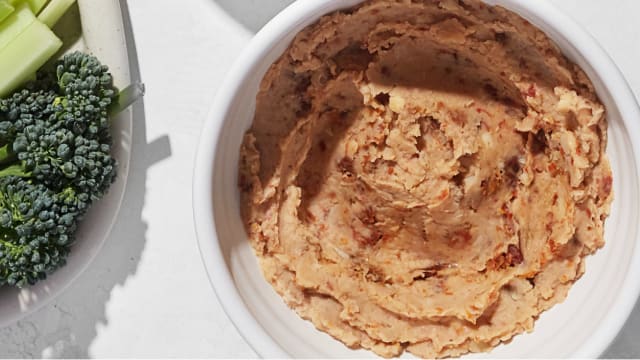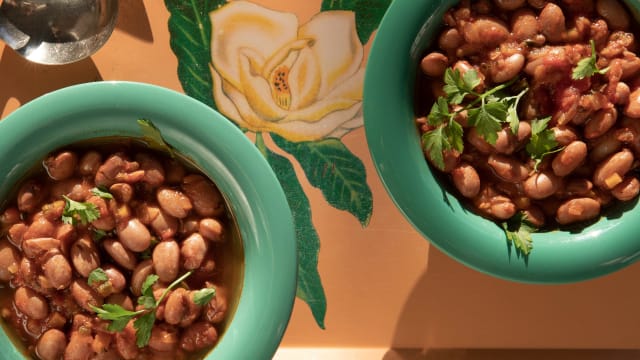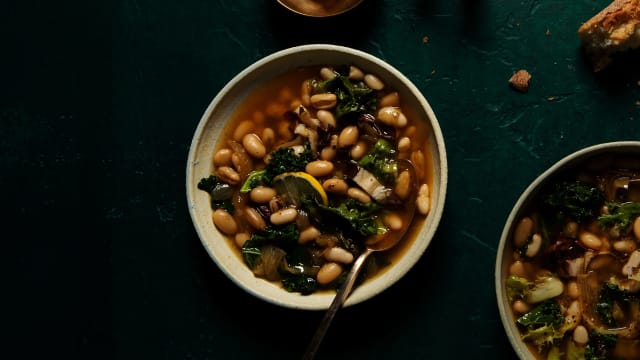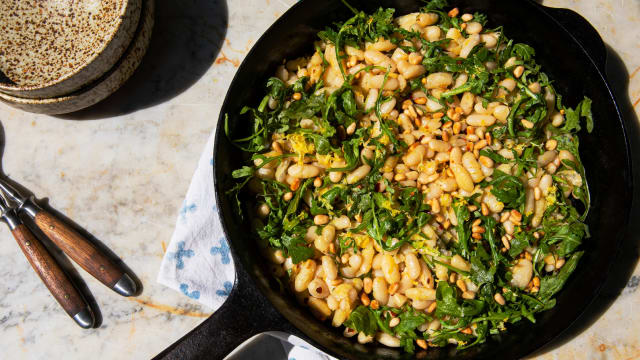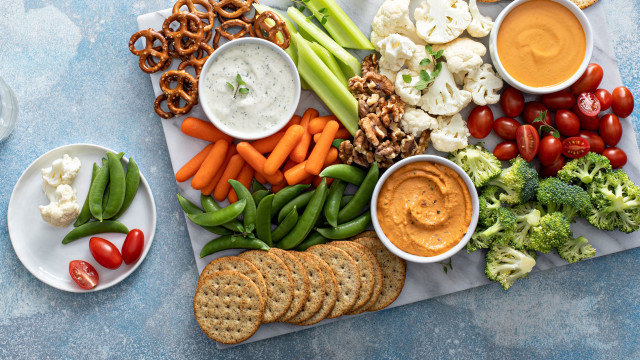Bean
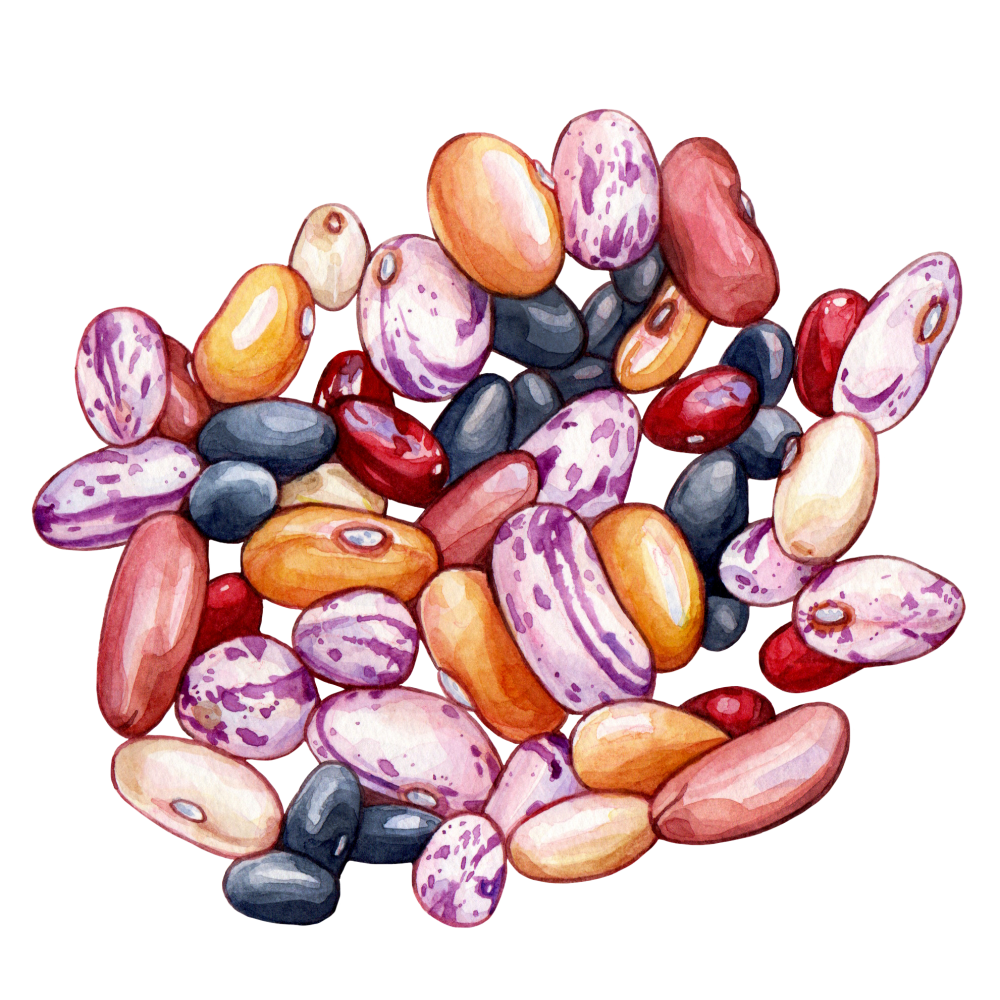
Latin name: Phaseolus vulgaris
Other names: common bean, The Musical Fruit
Uses: pulse/legume
What are beans?
Beans, the seeds of plants in the Fabaceae family, grow in pods and come in a wide variety of shapes, colors, and sizes. No matter where you are in the world, chances are there’s a beloved bean dish. In fact, several countries have beans at the center of their culinary identity — Brazil, Greece, Egypt, and Turkey all boast beans as national dishes. The legume -family members are at once humble and versatile; they’re as likely to appear on the tables of peasants as they are kings.
Why are beans healthy?
Dried beans are rich in several important micronutrients like potassium, magnesium, folate, iron, and zinc, and form an important source of protein in vegetarian diets. They are among the only plant foods providing significant amounts of the essential amino acid lysine. Most dried beans are also high in total and soluble fiber as well as resistant starch, creating a low glycemic index and high satiety index. Beans can lower bad cholesterol, balance blood sugar levels, and are great for people struggling with anemia.
What do beans taste like?
Different beans definitely have their own unique subtleties, but overall a properly cooked bean will be smooth and creamy, with a slightly sweet, nutty flavor. Adzuki beans used in Japanese cuisine have a pastier consistency, suiting them to confections, whereas as kidney beans have a more robust flavor and silkier texture, making them better for chili.
How do I use beans?
Dried beans can be cooked very quickly (in around 30-40 minutes) in a pressure cooker, but traditionalists swear by an overnight soak followed by a 2-hour simmer. Don’t be afraid to season the cooking liquid, either — it’s a myth that salt toughens the skins (though acids will, so leave out the tomato sauce or citrus juices until the beans are fully cooked). At the very least, add a few bay leaves and a halved onion while cooking.
So many classic bean dishes rely on specific beans — Tarbais for French cassoulet, pintos for Mexican refritos, favas for Egyptian ful medames — but for the most part you can use bean varieties interchangeably based on color, size, and/or shape and will get comparable results. Once cooked, beans are usually used in stews/soups, salads, or dips/spreads. In the Balkans, the bean stew grah is about as humble and satisfying as you can get — serve it with crusty bread and a handful of minced raw onion, just like you would any other bean soup or chili the world over.
You can also sprout beans before eating them. Mung and soy are the most commonly available bean sprouts sold in markets, but you can sprout any bean on a plate lined with a wet paper towel. Sprouted beans are great for salads — just rinse well before eating.
What do beans pair well with?
White beans love sage and savory; red beans love chiles and garlic; black beans love cumin and oregano. Pretty much any bean dish will benefit from a hit of something acidic, be it a tomato-y broth, a squeeze of lemon, or a shake of hot sauce.
Where do beans grow?
The common bean is an American crop — along with corn and squash, it’s one of the Three Sisters of the indigenous diet. It originated in Mesoamerica and was first domesticated (independently) in both Mexico and the Andes. Brazil and the United States are still among the top producers of common beans worldwide.
Fun bean fact:
Because humans lack the enzymes to digest the carbohydrates (specifically, oligosaccharides) found in beans, our gut flora are left to do the job. The oligosaccharides are fermented in the process; carbon dioxide is a product of fermentation, and this gas is released right into our intestines, to find its own way out.

